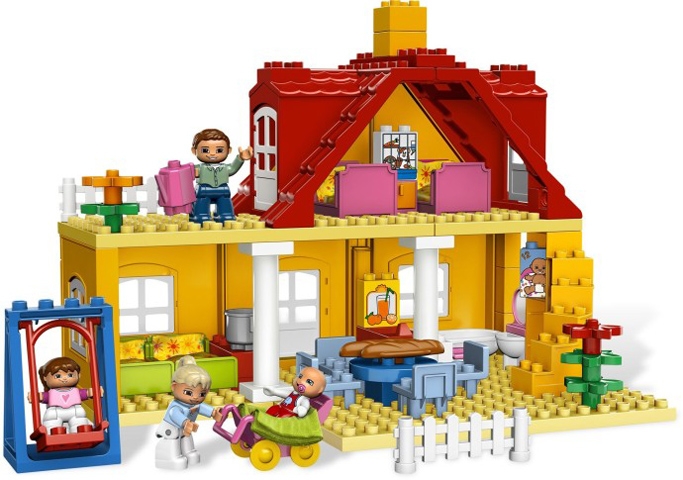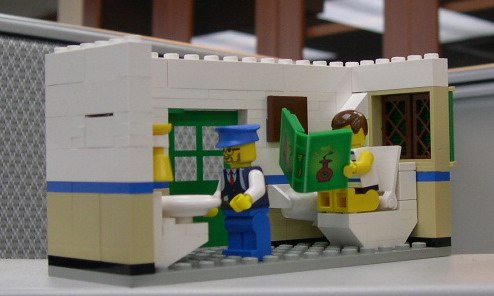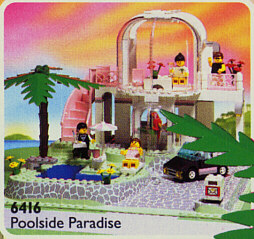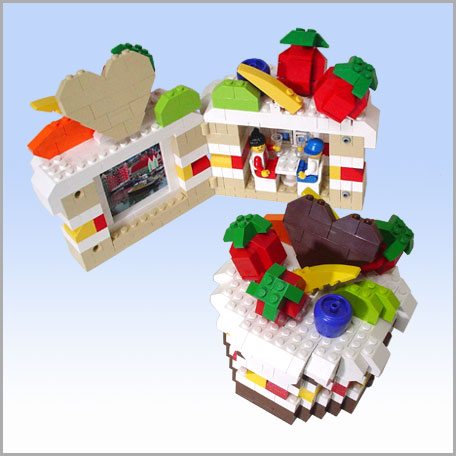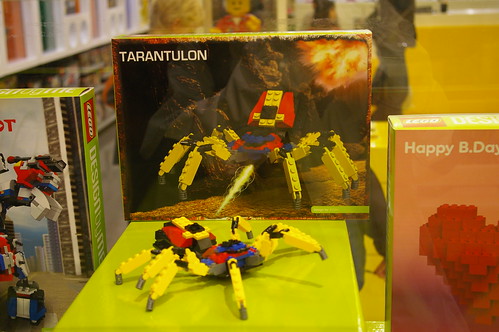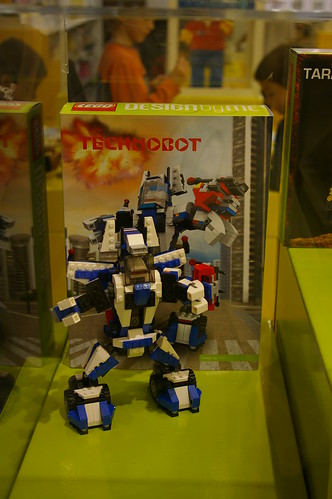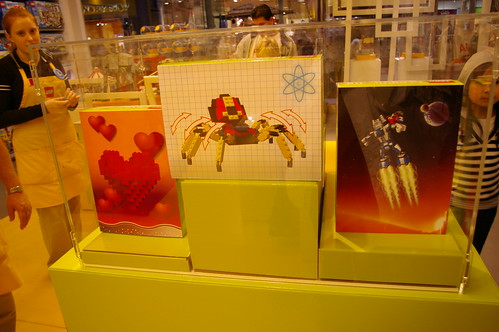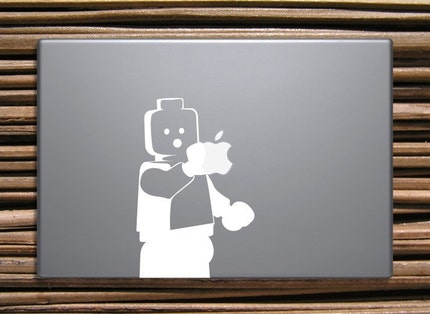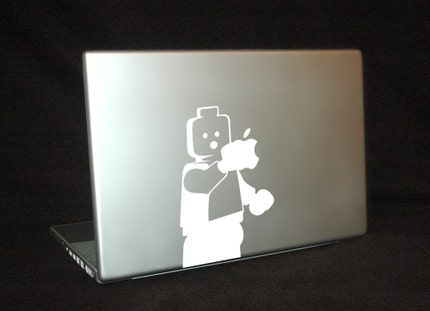LEGO® MUJI – bricks and paper
The LEGO Group has teamed up with design-led Japanese retail company MUJI to offer a new product concept combining bricks and paper crafts.
BILLUND, DENMARK NOVEMBER 2009 - LEGO® MUJI explores new ways of being creative by combining the well-known LEGO brick with paper through the use of the new LEGO System paper puncher.
The product line brings together the worlds of The LEGO Group and MUJI in a unique and enriching new experience. There are 4 sets in the LEGO MUJI series, each with more than 100 LEGO bricks and an assortment of paper
The sets all have different themes, and include LEGO bricks, paper and inspirational materials. The themes are Christmas, fairytales, transparent bricks and paper as well as a more open-ended concept. In addition, the specialized LEGO System puncher and five different paper packages will also be made available.
The sets, which were pre-viewed at the Design Tide Exhibition in Tokyo in October, will be released for sale in Japan on 26 November. The launch will constitute a live test in the market with limited quantities available for sale across 40 MUJI stores and the MUJI online store.
With this exciting new LEGO category, the LEGO Group is exploring new ways of playing and engaging with the LEGO brick, as well as new ways of doing business outside the traditional toy industry and retail. This is done by stimulating entrepreneurial culture through collaborative business projects with internal and external entrepreneurs interested in basing their business on an open LEGO platform.
Takahashi Okutani, Manager. Overseas Merchandising Department, MUJI Japan
“LEGO bricks are not just a toy, but a system that inspires children's creativity. MUJI also seeks to inspire creativity with products that appeal to a simple and reflective lifestyle. As both brands are based on strong values, we have worked together to create a new concept that can be of great value to children.”
Paal Smith-Meyer, Senior Director, New Business Group, The LEGO Group
“The LEGO system offers endless creative possibilities to build structurally, and so does paper with its many colors, patterns and textures suitable for folding, drawing and cutting. Combining these two creative tools with a LEGO system paper puncher, we will open up a new creative dimension for kids and their parents to explore and express themselves through.”
LEGO MUJI background
May 2008 - MUJI approaches The LEGO Group, and a meeting is set up in Tokyo. During this meeting, MUJI presented their interpretation of the LEGO brick, and the potential of the collaboration was explored.
“I was excited that they really understood the LEGO values and the core idea of the brick as a creative tool, which they then complemented with some fresh, new ideas,” says Senior Business Developer Marc Brøndum.
October 2008 - After a second meeting, it is agreed that the proposals from MUJI where interesting enough that they should be explored further.
February 2009 - MUJI representatives together with their design team visit LEGO HQ to attend a workshop with the LEGO New Business Group and designers. During this workshop, the idea of bricks and paper is framed and conceptualized, and an ambition to bring the concept to market is signed off on by both parties.
March 2009 – the LEGO MUJI project is approved by the LEGO Group, and brought into the MIP development process.
June 2009 – Meeting and approval session in Tokyo.
July 2009 – Visuals tested and approved.
August-October 2009 – Finalizing legal matters and testing of products.
October 2009 – LEGO MUJI shown to the public for the first time at the Design Tide Exhibition at the Roppopongi store in Tokyo
November 26 – Test launch - only nine months after project approval - to consumers across 40 MUJI stores in Japan. Workshops with consumers will be conducted in the MUJI stores to investigate the potential of the concept even further.
About MUJI
MUJI is a Japanese retail company distinguished by its no-frills design minimalism, streamlining of processes, simplification of packaging and no-logo policy. Initially a subsidiary of the Seiyu Ltd, supermarket chain, MUJI became a separate brand in 1989.
Starting as Mujirushi (no brand) Ryohin (quality goods), the MUJI product range was developed to offer high quality, low cost, generic products. There are currently more than 7,000 products in the MUJI range, which is sold through its 181 brand retail stores and additional 147 outlets across the world.
About The LEGO Group
The LEGO Group is a privately held, family-owned company, based in Billund, Denmark. It was founded in 1932, and today the group is one of the world's leading manufacturers of play materials for children. The LEGO Group is committed to children's creative development and learning, and its products can be purchased in more than 130 countries.
LEGO and the LEGO logo are trademarks of The LEGO Group. ©2009 The LEGO Group
 vs.
vs. 


